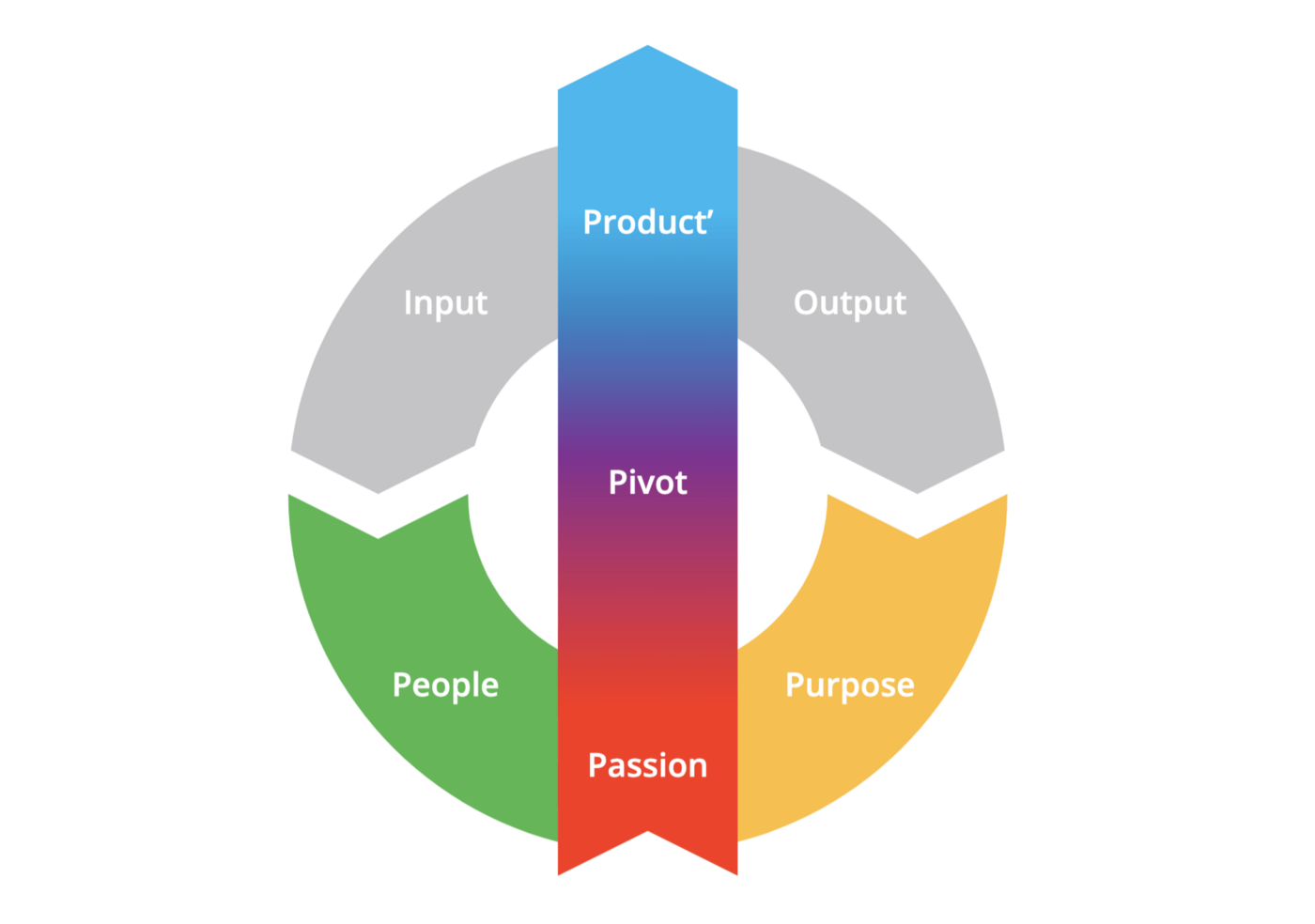An investor wants to give you money for a certain percentage of your startup. Should you take it? You’re about to hire your first employee. How much stock should you give him?
These are some of the hardest questions founders face. And yet, according to Paul Graham (YS founder), both have the same answer:
1/(1 – n)
Whenever you’re trading stock in your company for anything, whether it’s money or an employee or a deal with another company, the test for whether to do it is the same. You should give up n% of your company if what you trade it for improves your average outcome enough that the (100 – n)% you have left is worth more than the whole company was before.
For example, if an investor wants to buy half your company, how much does that investment have to improve your average outcome for you to break even? Obviously, it has to double: if you trade half your company for something that more than doubles the company’s average outcome, you’re net ahead. You have half as big a share of something worth more than twice as much.
In general, if n is the fraction of the company you’re giving up, the deal is a good one if it makes the company worth more than 1/(1 – n).
Venture capital
Suppose a VC offers to fund you in return for 7% of your company. In this case, n is .07 and 1/(1 – n) is 1.075. So you should take the deal if you believe we can improve your average outcome by more than 7.5%. If they improve your outcome by 10%, you’re net ahead, because the remaining .93 you hold is worth .93 x 1.1 = 1.023.
One of the things the equity equation shows us is that, financially at least, taking money from a top VC firm can be a really good deal. A top VC likes to take about 30% of a company. 1/.7 = 1.43, meaning that deal is worth taking if they can improve your outcome by more than 43%.
For the average startup, that would be an extraordinary bargain. It would improve the average startup’s prospects by more than 43% just to be able to say they were funded by a top VC, even if they never actually got the money.
Why? Because a top VC gets hundreds if not thousands of business plans a year and funds only a few of them. The companies that make it through are not average startups.
Of course, there are other factors to consider in a VC deal. It’s never just a straight trade of money for stock. But if it were, taking money from a top firm would generally be a bargain.
Employees
You can use the same formula when giving stock to employees, but it works in the other direction. If i is the average outcome for the company with the addition of some new person, then they’re worth n such that i = 1/(1 – n). Which means n = (i – 1)/i.
For example, suppose you’re just two founders and you want to hire an additional hacker who’s so good you feel he’ll increase the average outcome of the whole company by 20%. n = (1.2-1)/1.2 = .167. So you’ll break even if you trade 16.7% of the company for him.
That doesn’t mean 16.7% is the right amount of stock to give him. Stock is not the only cost of hiring someone: there’s usually salary and overhead as well. And if the company merely breaks even on the deal, there’s no reason to do it.
In order to translate salary and overhead into stock you should multiply the annual rate by about 1.5. Most startups grow fast or die; if you die you don’t have to pay the guy, and if you grow fast you’ll be paying next year’s salary out of next year’s valuation, which should be 3x this year’s. If your valuation grows 3x a year, the total cost in stock of a new hire’s salary and overhead is 1.5 years’ cost at the present valuation.
Let’s run through an example. Suppose the company wants to make a “profit” of 50% (if you’re a hot opportunity, you can charge more) on the new hire mentioned above. So subtract a third from 16.7% and we have 11.1% as his “retail” price. Suppose further that he’s going to cost $60k a year in salary and overhead, x 1.5 = $90k total. If the company’s valuation is $2 million, $90k is 4.5%. 11.1% – 4.5% = an offer of 6.6%.
For those of you who want to do an actual calculation, I suggest you use this online calculator by Steve Trambert.
Note: notice how important it is for early employees to take little salary. It comes right out of stock that could otherwise be given to them.
Organic growth
While Graham’s Equity Equation gives a growth rate that gets a founder back to what (s)he had, it does not account for what (s)he could have had. The equation assumes that the company would experience no growth if a VC does not invest.
Logically, a zero-growth assumption does not make sense and thus it makes sense if we add an organic growth term “g”to Graham’s equation. Organic growth can be thought of as the growth that the company is likely to achieve absent a subsequent investment.
Let’s take Graham’s original scenario where a VC takes 7% of your company and add an organic growth term of 3% to it. The equation becomes 1/(1-n-g)-1, or 1/ (1-0.07-0.03)-1, or 11.1%. This is the breakeven growth rate when taking into account a company’s organic growth projection.
Entrepreneurs should ask themselves the following: do we believe that an investment from this particular VC will allow the firm’s value to increase by at least 11.1%?
Final comments
Obviously, stock grants cannot be reduced to a formula. Ultimately you always have to guess. But at least know what you’re guessing. If you choose a number based on your gut feel or a table of typical grant sizes supplied by a VC firm, understand what those are estimates.
When you make any decision involving equity, at least run it through 1/(1 – n) to see if it makes sense. You should always feel richer after trading equity. If the trade didn’t increase the value of your remaining shares enough to put you net ahead, you wouldn’t have (or shouldn’t have) done it.





